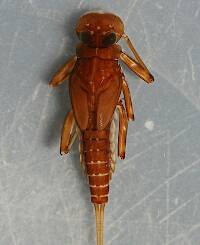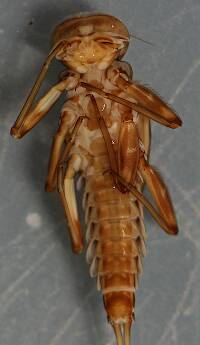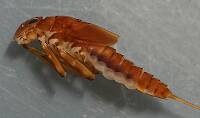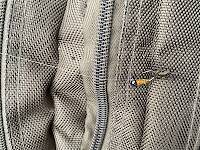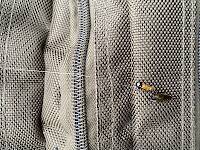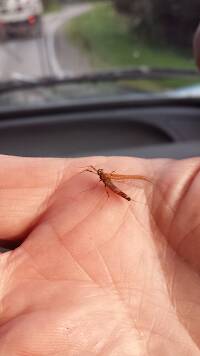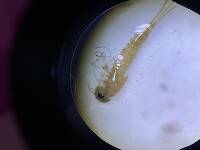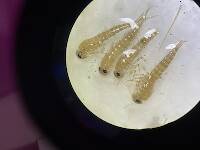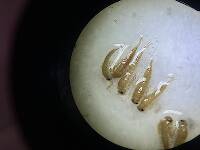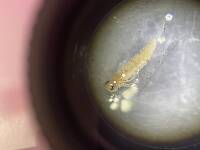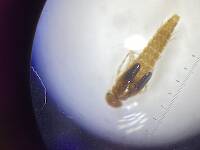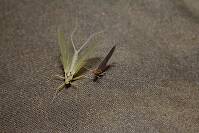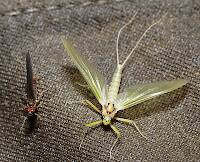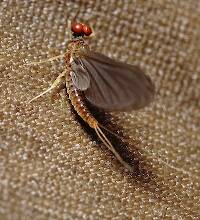
Salmonflies
Pteronarcys californica
The giant Salmonflies of the Western mountains are legendary for their proclivity to elicit consistent dry-fly action and ferocious strikes.
Featured on the forum

This one seems to lead to Couplet 35 of the Key to Genera of Perlodidae Nymphs and the genus Isoperla, but I'm skeptical that's correct based on the general look. I need to get it under the microscope to review several choices in the key, and it'll probably end up a different Perlodidae.

Troutnut is a project started in 2003 by salmonid ecologist Jason "Troutnut" Neuswanger to help anglers and
fly tyers unabashedly embrace the entomological side of the sport. Learn more about Troutnut or
support the project for an enhanced experience here.
This topic is about the Mayfly Species Apobaetis futilis
This hind wingless little mayfly was formerly known as Pseudocloeon futile and can hatch in excellent numbers in certain western locales.Taxon on Apr 11, 2021April 11th, 2021, 10:52 am EDT
Hi Sean-
Pseudocloeon futile has been reclassified as Apobaetis futilis, but it would not be present in MD in any event. My best guess is that it might have been Acentrella turbida.
Pseudocloeon futile has been reclassified as Apobaetis futilis, but it would not be present in MD in any event. My best guess is that it might have been Acentrella turbida.
Quick Reply
Related Discussions
Topic
Replies
Last Reply
4
Feb 14, 2015
by Millcreek
by Millcreek
1
Oct 28, 2008
by GONZO
by GONZO
12
Feb 18, 2008
by Boerie
by Boerie




